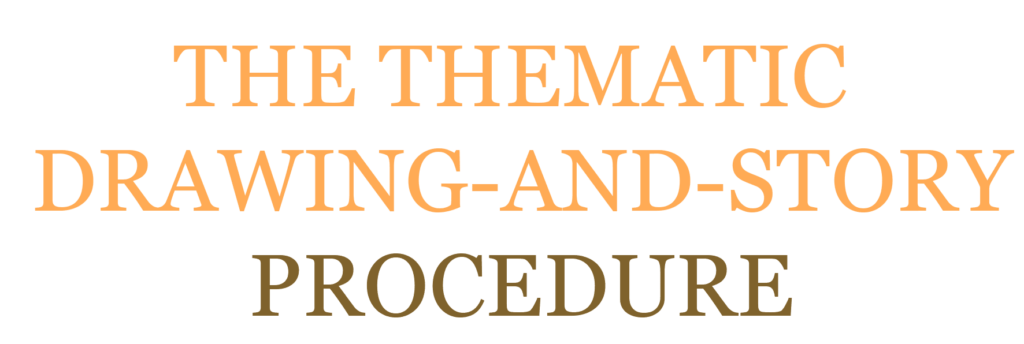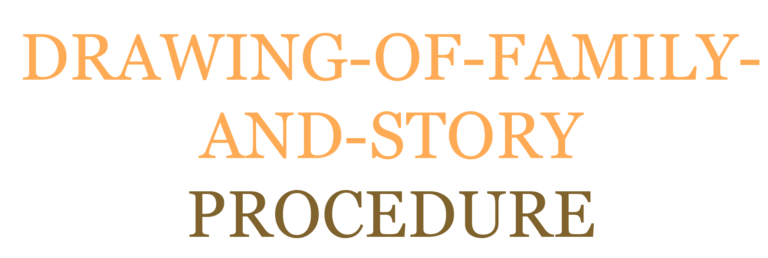ANDRADE, S. F. de O. Uso de drogas e ato infracional: representações sociais de adolescentes em conflito com a lei [Drug use and offense: social representations of adolescents in conflict with the law]. Master’s Dissertation – Universidade Federal da Paraíba. João Pessoa (PB), 2015.
Available at: https://repositorio.ufpb.br/jspui/bitstream/tede/7641/2/arquivototal.pdf
Abstract: Under the view of the Theory of Social Representations, this study aimed to get to know and analyze the social representations concerning the use of drugs among adolescents in conflict with the law and existence of a link with the infraction act. It is a research with qualitative methodology as the main reference. The sample is composed of 31 adolescents in conflict with the law, under reclusion of social and educational measures in João Pessoa – PB. The instruments used were: sociodemographic questionnaire; test of free word association (Inductive stimulus: crime, drug, family); Thematic-Drawing-and-Story Procedure (“Draw a person that uses drugs”), and semi structured interviews. The data were analyzed using the following methods: the sociodemographic questionnaire used was the Statistical Package for the Social Sciences; the free associations were processed by the software Evocation; the interviews were treated by the Thematic Content analyses. The results indicated that the adolescents are, on average, 16.2 years old (SD=0,78), of which 74,1% already used illicit drugs, with marijuana (N=21/30.3%) being the most consumed one. As for the infraction act that motivated the reclusion, 41.9% refers to robbery. The drug is represented negatively, as responsible for bringing health issues and family conflicts. The family is represented as a protection object and source of advice. Thus, the present research proposed to contribute in the perspective of having the adolescents in conflict with the law listened, who, many times, for being in a situation of social exclusion, have their questions constantly silenced. Hence, only this way, will it be possible to articulate the different contexts in which adolescents are immersed, in the promotion of the public concerning health, education, leisure, safety, among others, preventing and intervening more efficiently.

